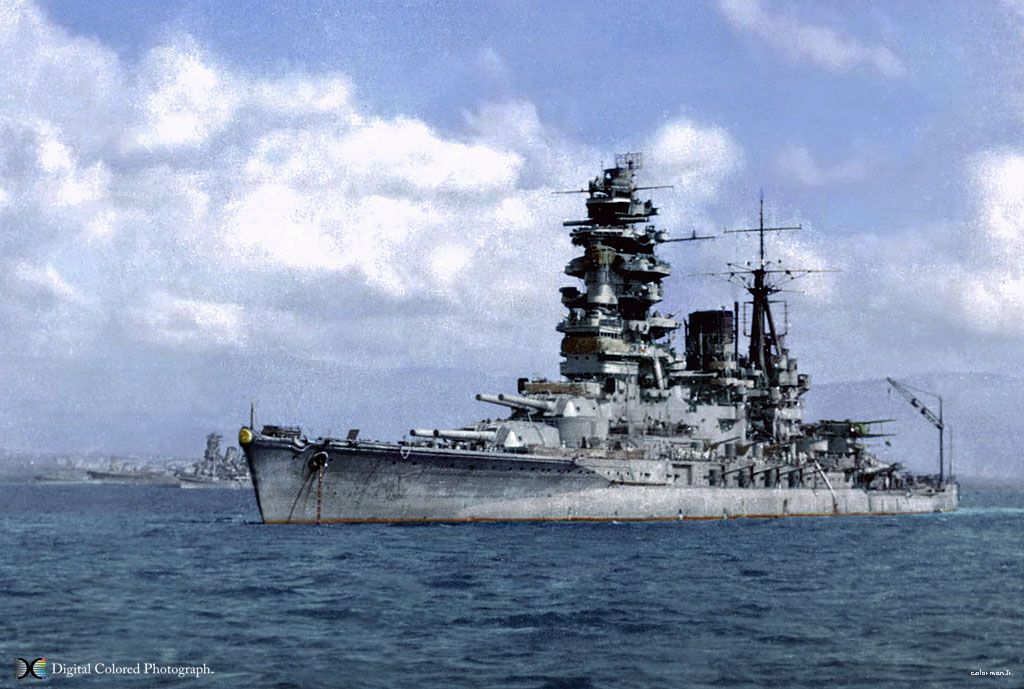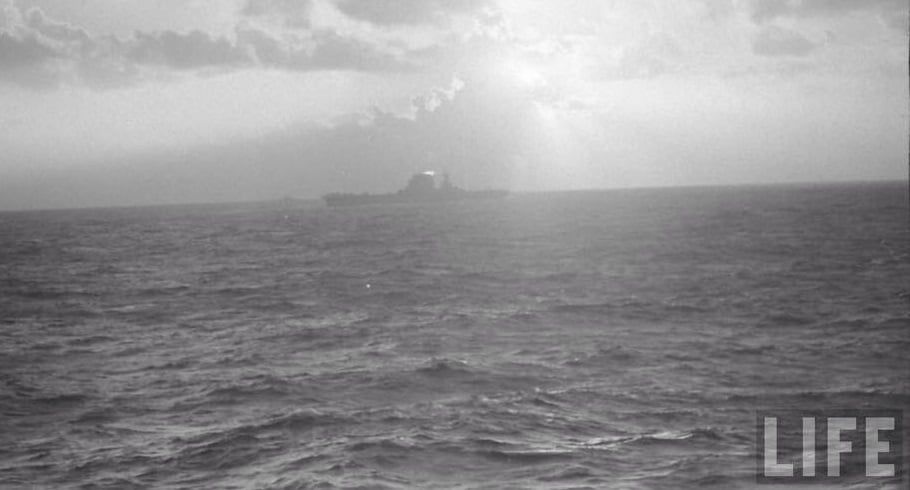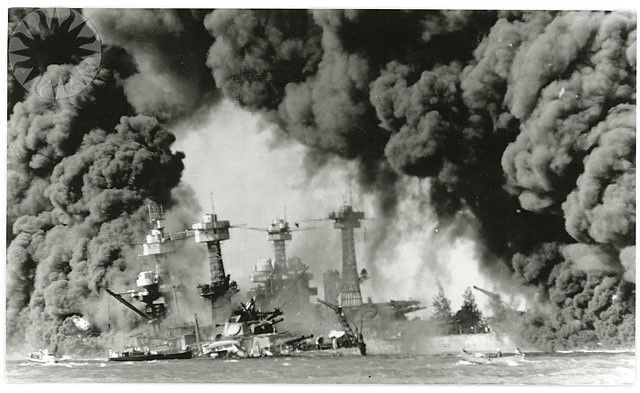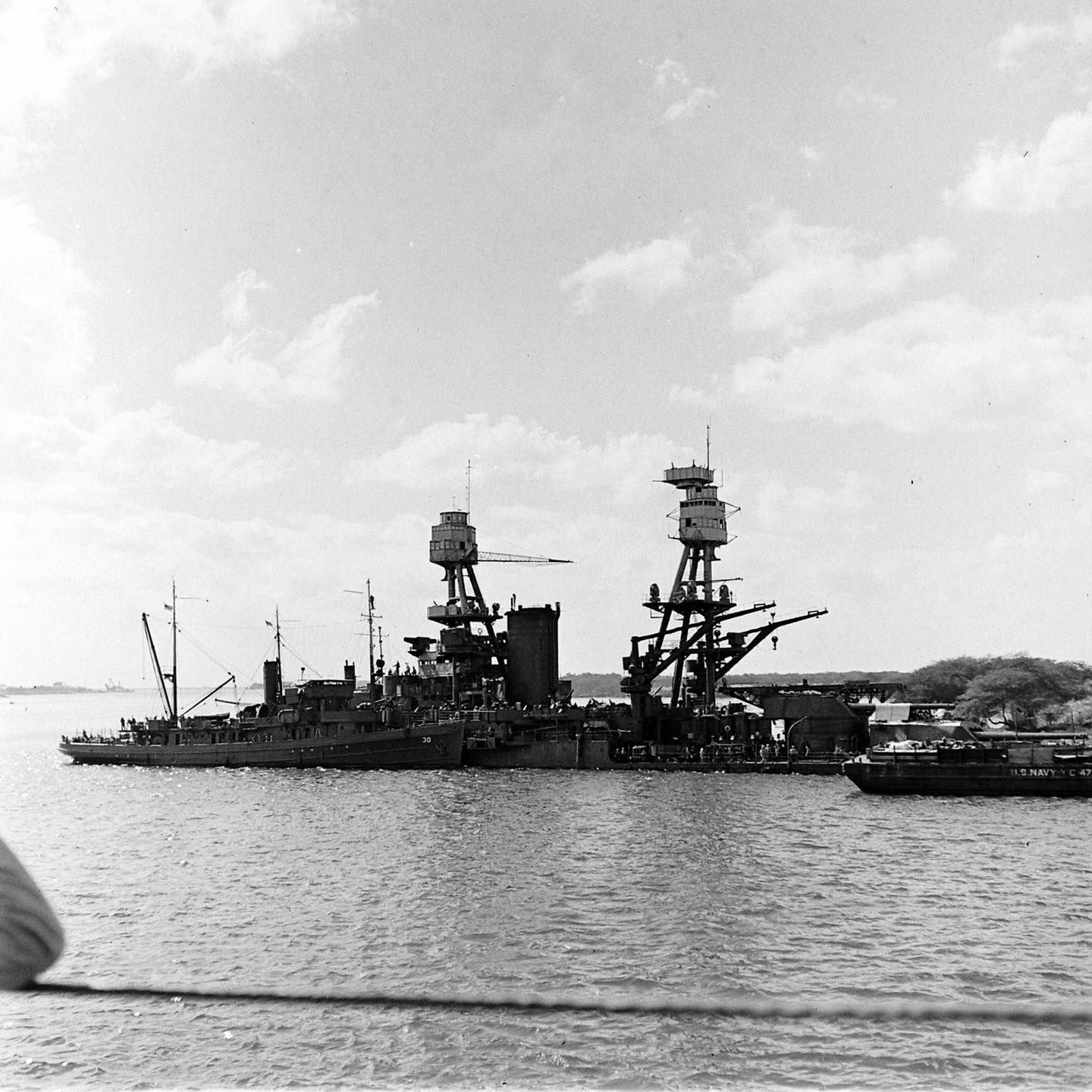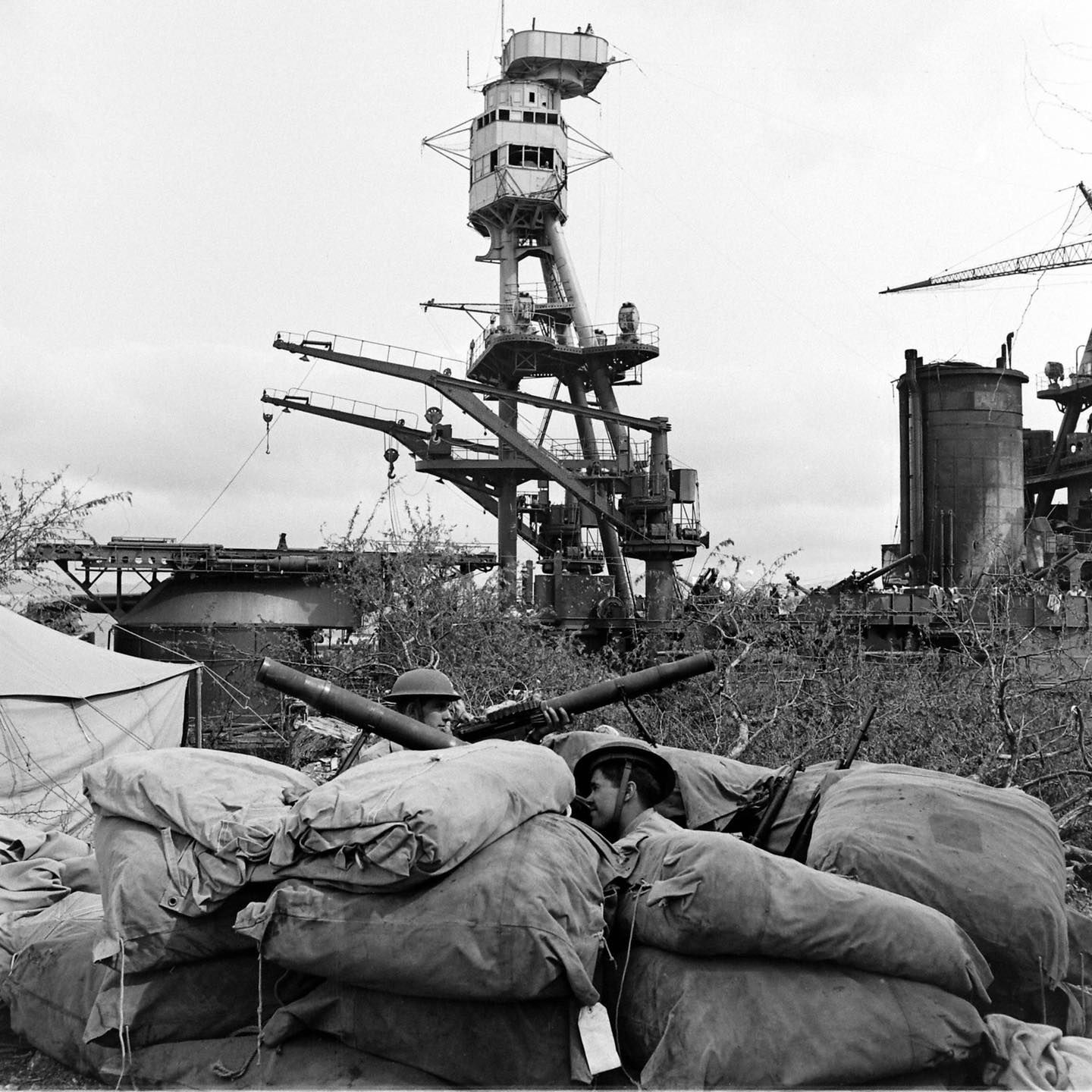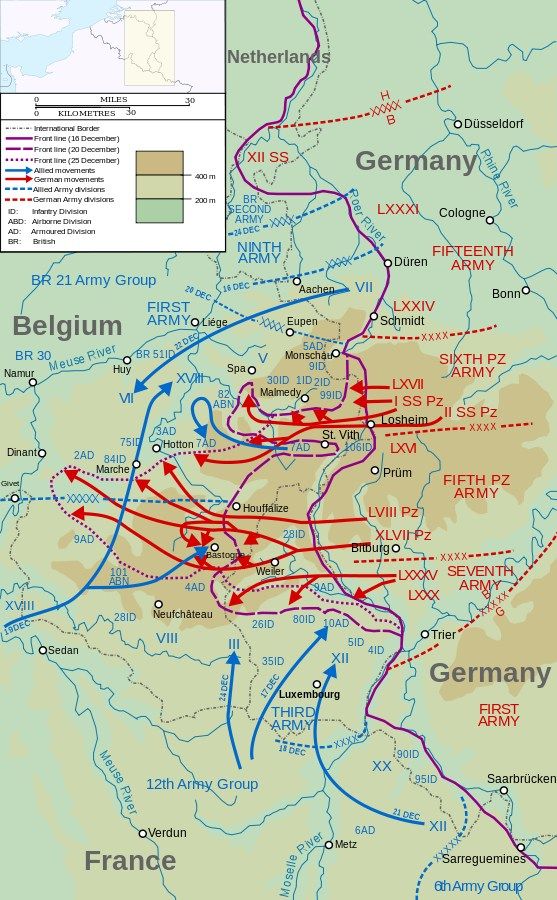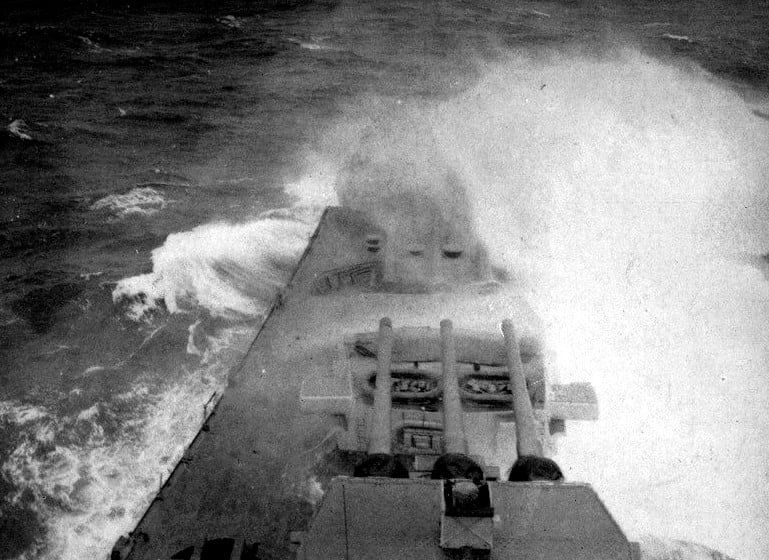6 December 1941
President Roosevelt wrote a personal appeal to Emperor Hirohito to avoid war between the United States and Japan. “Developments are occurring in the Pacific area which threaten to deprive each of our Nations and all humanity of the beneficial influence of the long peace between our two countries.” the president wrote. “Those developments contain tragic possibilities … I address myself to Your Majesty at this moment in the fervent hope that Your Majesty may, as I am doing, give thought in this definite emergency to ways of dispelling the dark clouds. I am confident that both of us, for the sake of the peoples not only of our own great countries but for the sake of humanity in neighboring territories, have a sacred duty to restore traditional amity and prevent further death and destruction in the world.”
At this time, a message to a Japanese delegation in Washington D.C. was intercepted, broken and distributed by the Signal Intelligence Service. This message, which would become known as the Fourteen Point Letter, clearly spelled out the Japanese claims that America was trespassing in the Far East. President Roosevelt, after reading the first 13 parts at 9:30 p.m., commented that this meant war.
The Japanese fleet ends the day (east coast time) roughly 600 miles north of Oahu and the plan is to launch aircraft very very early on 7 December about 200 miles from it.
Battleship USS Arizona BB-39 took on a full load of fuel , nearly 1.5 million gallons, in preparation for a scheduled trip to the mainland later in December.
The 14th part of the Fourteen Point letter began to arrive at 5 a.m. on Dec. 7, 1941 as the Japanese embassy had trouble translating it to English quickly. The letter declared in a single sentence that Japan was breaking off relations with the United States, and that the U.S. Secretary of State should be notified at 1p.m. EST – dawn, in Hawaii. The president was informed immediately.
Gen. George Marshall, chief of staff of the Army, decided to alert the commanders of both the Hawaiian and Philippine department that the potential for attack was high. However, because of the sensitivity of the message, it was sent by telegraph. It wasn’t delivered to the ground commander in Hawaii until the Japanese bombers were flying through the morning fog over Pearl Harbor.
Images:
Aircraft Carrier Akagi, battleship Hiei, and battleship Kirishima on their way to Hawaii for the Pearl Harbor Strike;

